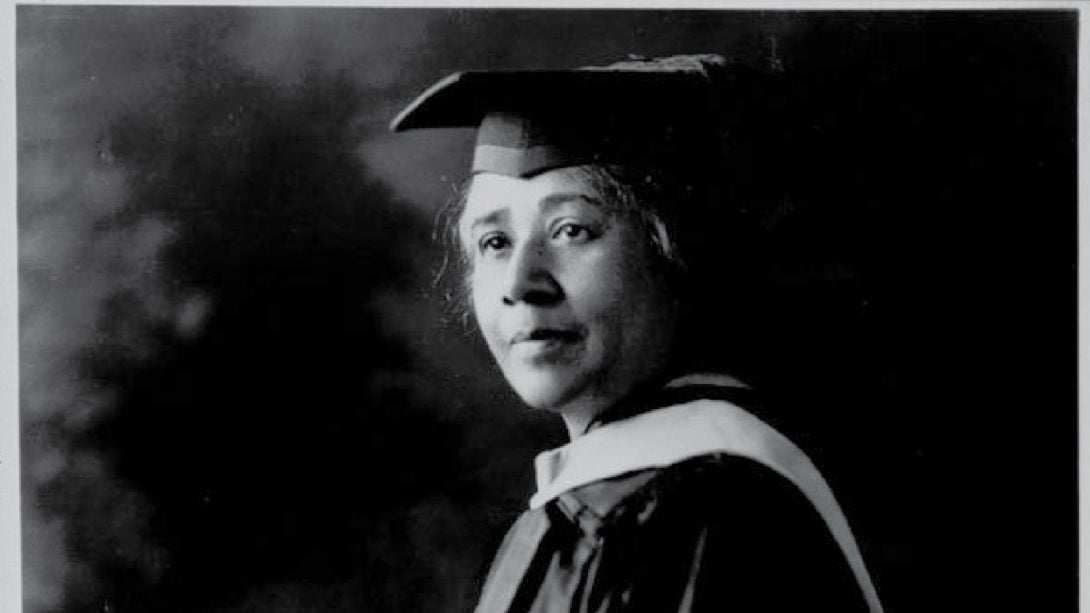In a 2013 article on ‘Christian Schooling and Racial Realities,’ Hunter Baker concluded that while “the racial unification of the American church might best begin in the Christian schoolhouse” he lamented that it is a “mission … awaiting a champion and a movement.”
Login to read more
Sign in or create a free account to access Subscriber-only content.
